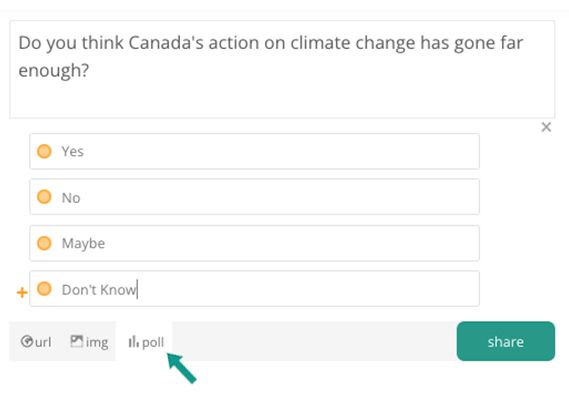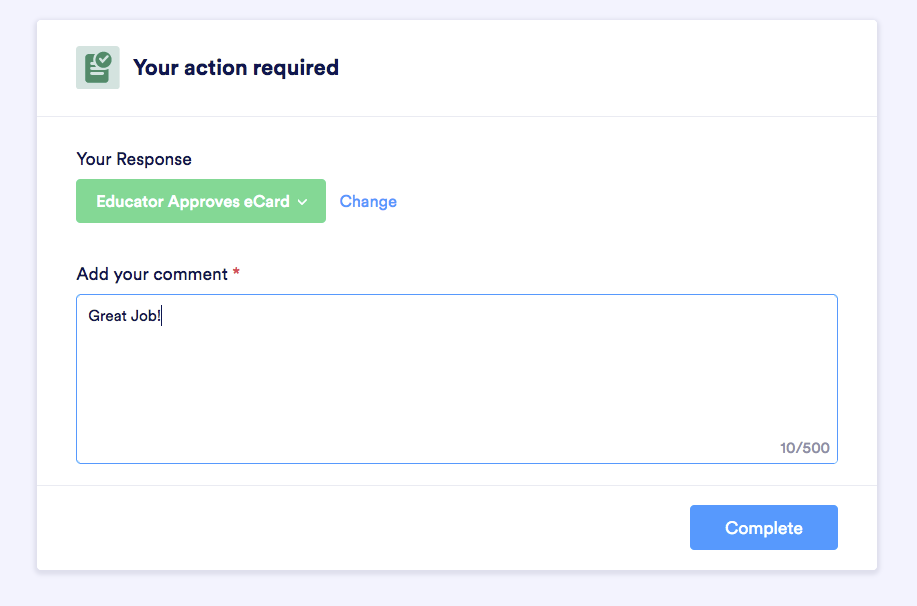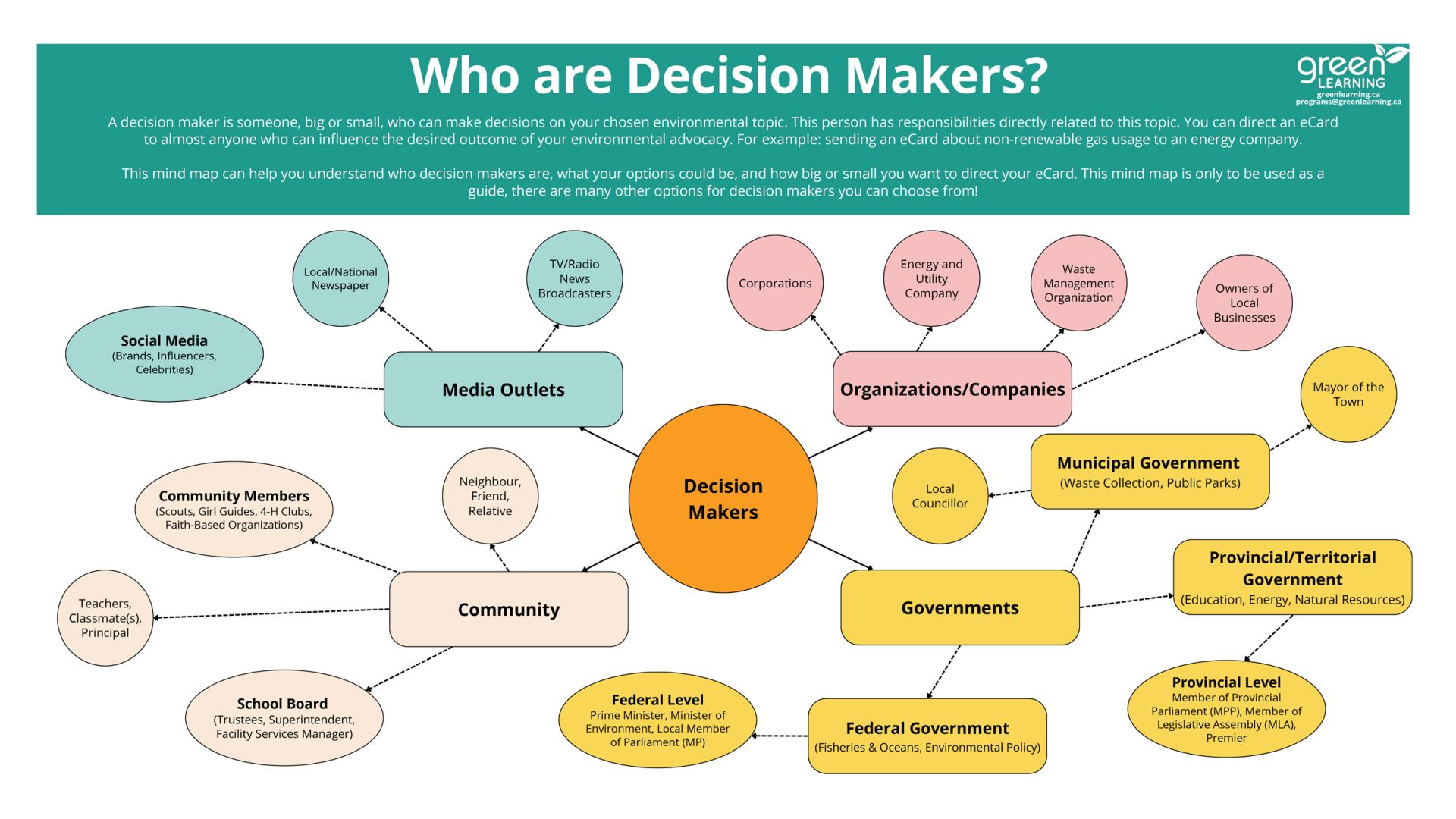Energy Revealed Glossary
Carbon Footprint: the amount of carbon dioxide and other carbon compounds given off due to the use of fossil fuels by a particular person, group, etc.
Climate Change: a change in global or regional climate patterns, attributed largely to the increased amounts of carbon dioxide in the atmosphere produced by the use of fossil fuels.
Energy Conservation: Energy conservation is the effort made to reduce the amount of energy by using less of an energy source. This can be achieved either by using energy more efficiently or by reducing the amount of energy used.
Energy Efficiency: using less energy to get the same results. For example, an LED light bulb uses less energy to generate a similar amount of light compared to an incandescent bulb.
Energy audit is an assessment of the electricity consumption in a building. By conducting one in your school you will be able to pinpoint ways to reduce electricity consumption: mainly through behavioural and electronic device changes – but you can also recommend infrastructure change too.
Emission Factor: a representative value that attempts to relate the quantity of a pollutant released to the atmosphere with an activity associated with the release of that pollutant.
Electrical Load: An electrical component of a circuit that uses electric power.
Energy Metering Technology: the technology used to provide both historical and real time energy use. This includes the hardware component installed on the circuit breaker, as well as the software which does the analysis.
Greenhouse Gases (GHG): a gas that contributes to the greenhouse effect by absorbing infrared radiation, e.g., carbon dioxide and chlorofluorocarbons.
Kilowatt Hour: a measure of electrical energy equivalent to a power consumption of 1,000 watts for 1 hour.
LED: A light-emitting diode (LED) is a semiconductor device that emits visible light when an electric current passes through it.
Non Renewable Energy: A non-renewable resource is a resource that does not renew itself at a sufficient rate for sustainable economic extraction in meaningful human time-frames. An example is carbon-based, organically derived fuel. The original organic material, with the aid of heat and pressure, becomes a fuel such as oil or gas.
Phantom Load: ‘Phantom Load’ is the amount of electricity used by a device when it is turned off. This is an important concept within electricity audits because it measures the amount of energy that is being used when we are not even using the device! It can be seen as a measurement of pure waste.
Renewable Energy: energy from a source that is not depleted when used, such as wind or solar power.
Watt: the SI unit of power, equivalent to one joule per second, corresponding to the power in an electric circuit in which the potential difference is one volt and the current one ampere.
Watt Hour – Watt-Hours are the units used to measure energy used. By measuring the Watts an appliance uses with your energy meter, you are measuring the rate at which it uses electrical energy. We like to compare power (W) to speed (km/h) and energy (Wh) to distance (km).
Example: if a laptop uses energy at a rate of 26W, it will use 26 Wh in an hour, 52 Wh in two hours, and 13Wh in half an hour.
Climate Change: a change in global or regional climate patterns, attributed largely to the increased amounts of carbon dioxide in the atmosphere produced by the use of fossil fuels.
Energy Conservation: Energy conservation is the effort made to reduce the amount of energy by using less of an energy source. This can be achieved either by using energy more efficiently or by reducing the amount of energy used.
Energy Efficiency: using less energy to get the same results. For example, an LED light bulb uses less energy to generate a similar amount of light compared to an incandescent bulb.
Energy audit is an assessment of the electricity consumption in a building. By conducting one in your school you will be able to pinpoint ways to reduce electricity consumption: mainly through behavioural and electronic device changes – but you can also recommend infrastructure change too.
Emission Factor: a representative value that attempts to relate the quantity of a pollutant released to the atmosphere with an activity associated with the release of that pollutant.
Electrical Load: An electrical component of a circuit that uses electric power.
Energy Metering Technology: the technology used to provide both historical and real time energy use. This includes the hardware component installed on the circuit breaker, as well as the software which does the analysis.
Greenhouse Gases (GHG): a gas that contributes to the greenhouse effect by absorbing infrared radiation, e.g., carbon dioxide and chlorofluorocarbons.
Kilowatt Hour: a measure of electrical energy equivalent to a power consumption of 1,000 watts for 1 hour.
LED: A light-emitting diode (LED) is a semiconductor device that emits visible light when an electric current passes through it.
Non Renewable Energy: A non-renewable resource is a resource that does not renew itself at a sufficient rate for sustainable economic extraction in meaningful human time-frames. An example is carbon-based, organically derived fuel. The original organic material, with the aid of heat and pressure, becomes a fuel such as oil or gas.
Phantom Load: ‘Phantom Load’ is the amount of electricity used by a device when it is turned off. This is an important concept within electricity audits because it measures the amount of energy that is being used when we are not even using the device! It can be seen as a measurement of pure waste.
Renewable Energy: energy from a source that is not depleted when used, such as wind or solar power.
Watt: the SI unit of power, equivalent to one joule per second, corresponding to the power in an electric circuit in which the potential difference is one volt and the current one ampere.
Watt Hour – Watt-Hours are the units used to measure energy used. By measuring the Watts an appliance uses with your energy meter, you are measuring the rate at which it uses electrical energy. We like to compare power (W) to speed (km/h) and energy (Wh) to distance (km).
Example: if a laptop uses energy at a rate of 26W, it will use 26 Wh in an hour, 52 Wh in two hours, and 13Wh in half an hour.
















